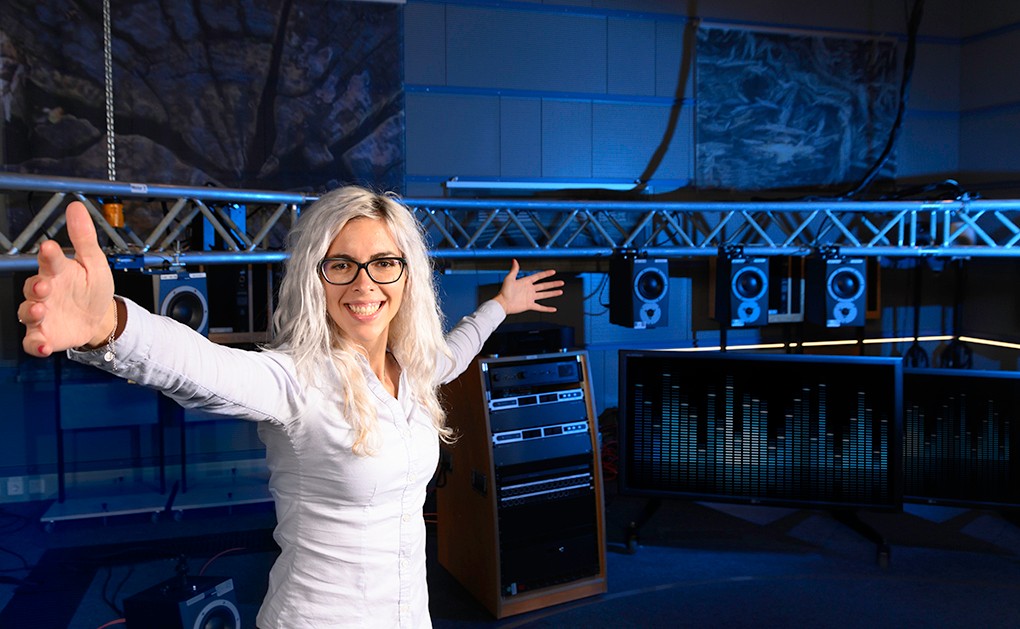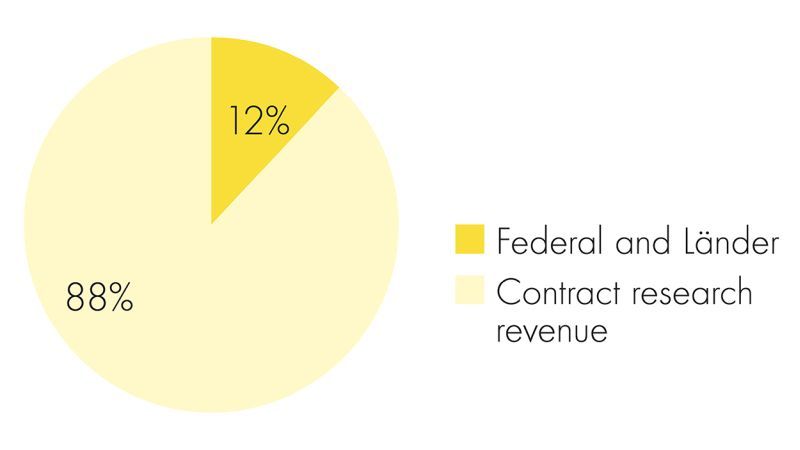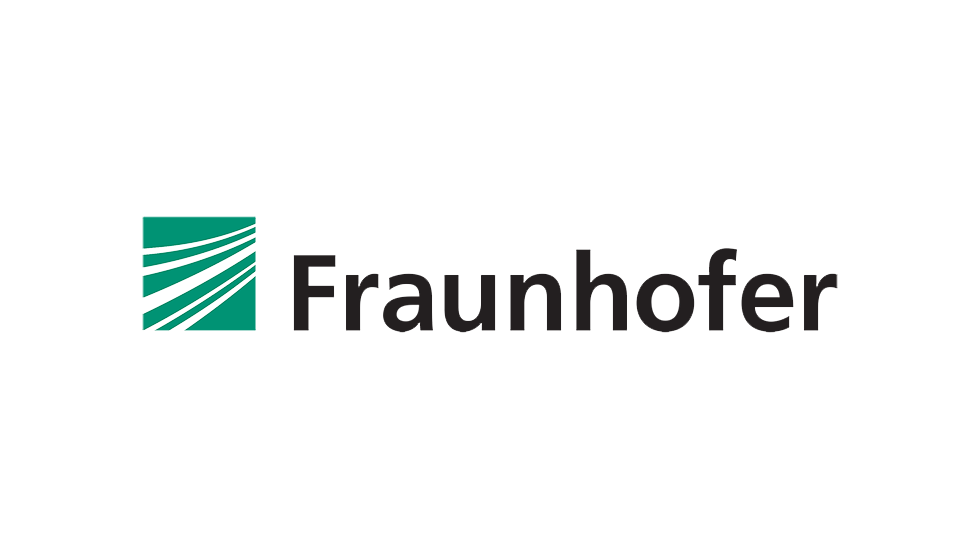Support making RiG more international!
Start SurveySupport making "Research in Germany" more international! Your expertise and commitment are the key to the further development of promoting the German research landscape. We invite you to take part in our online survey and share your valuable experiences and opinions. Duration: 7-10 min.
Please start the survey at the end of your visit.
Fraunhofer-Gesellschaft
The Fraunhofer-Gesellschaft based in Germany is the world’s leading applied research organisation. Prioritising key future-relevant technologies and commercialising its findings in business and industry, it plays a major role in the innovation process. A trailblazer and trendsetter in innovative developments and research excellence, it is helping shape our society and our future.
The Fraunhofer-Gesellschaft is a recognized non-profit organisation that takes its name from Joseph von Fraunhofer (1787–1826), the illustrious Munich researcher, inventor and entrepreneur.
Three of its most famous inventions are mp3, which has arguably been the world’s most-used audio codec of the past two decades and was developed by the Fraunhofer Institute for Integrated Circuits IIS , the white light-emitting diode LED, which was developed at the Fraunhofer Institute for Applied Solid State Physics IAF in Freiburg, and the world's most efficient solar cell, developed by the Fraunhofer Institute for Solar Energy Systems ISE.

Organisational details
Founded in 1949, the Fraunhofer-Gesellschaft currently operates 76 institutes and research units throughout Germany. Over 30,000 employees, predominantly scientists and engineers, work with an annual research budget of 2.9 billion euros. Fraunhofer generates 2.5 billion euros of this from contract research.
The Fraunhofer-Gesellschaft’s interdisciplinary research teams turn original ideas into innovations together with contracting industry and public sector partners, coordinate and complete essential key re-search policy projects and strengthen the German and European economy with ethical value creation. International collaborative partnerships with outstanding research partners and businesses all over the world provide for direct dialogue with the most prominent scientific communities and most dominant economic regions.
Facts and figures
76 Fraunhofer Institutes and research units
Affiliated international research centres and representative offices
More than 30,000 employees, the majority being qualified scientists and engineers
Annual budget: 2.9 billion euros (2022)
604 invention disclosure reports (2021)
Research activities
Forming the core focus of Fraunhofer’s research portfolio, the seven Fraunhofer Strategic Research Fields aim to address needs and markets that will shape the future:
- Bioeconomy
- Digital healthcare
- Artificial intelligence (AI)
- Next generation computing
- Quantum technologies
- Resource efficiency and climate technologies
- Hydrogen technologies
Within these fields, the pre-competitive research specifically targets projects that have high commercial potential, thereby enhancing the impact on society and across multiple sectors.
International activities
The Fraunhofer-Gesellschaft is engaged in a number of international activities, mainly in Europe, North and South America, Asia and the MENA region.
In addition, Fraunhofer participates in international networks and organisations such as the European Research Consortium for Informatics and Mathematics (ERCIM), the European Association of Research and Technology Organisations (EARTO), the Global Research Alliance (GRA) and the World Association of Industrial and Technological Research Organizations (WAITRO).
Budget
The annual budget amounts to 2.9 billion euros (2022).

The annual budget amounts to 2.9 billion euros (2022). Of this sum, 2.5 billion euros is generated through contract research. Industry contracts and publicly funded research projects account for around two thirds of that. The federal and state governments contribute around another third as base funding, enabling institutes to develop solutions now to problems that will become crucial to industry and society in the near future. Additional research funding and expansion investments that are likewise provided by the federal and state governments amount to a volume of around 400 million euros.
Useful links

Fraunhofer-Gesellschaft
Headquarters
- Hansastraße 27c
- 80686 Munich